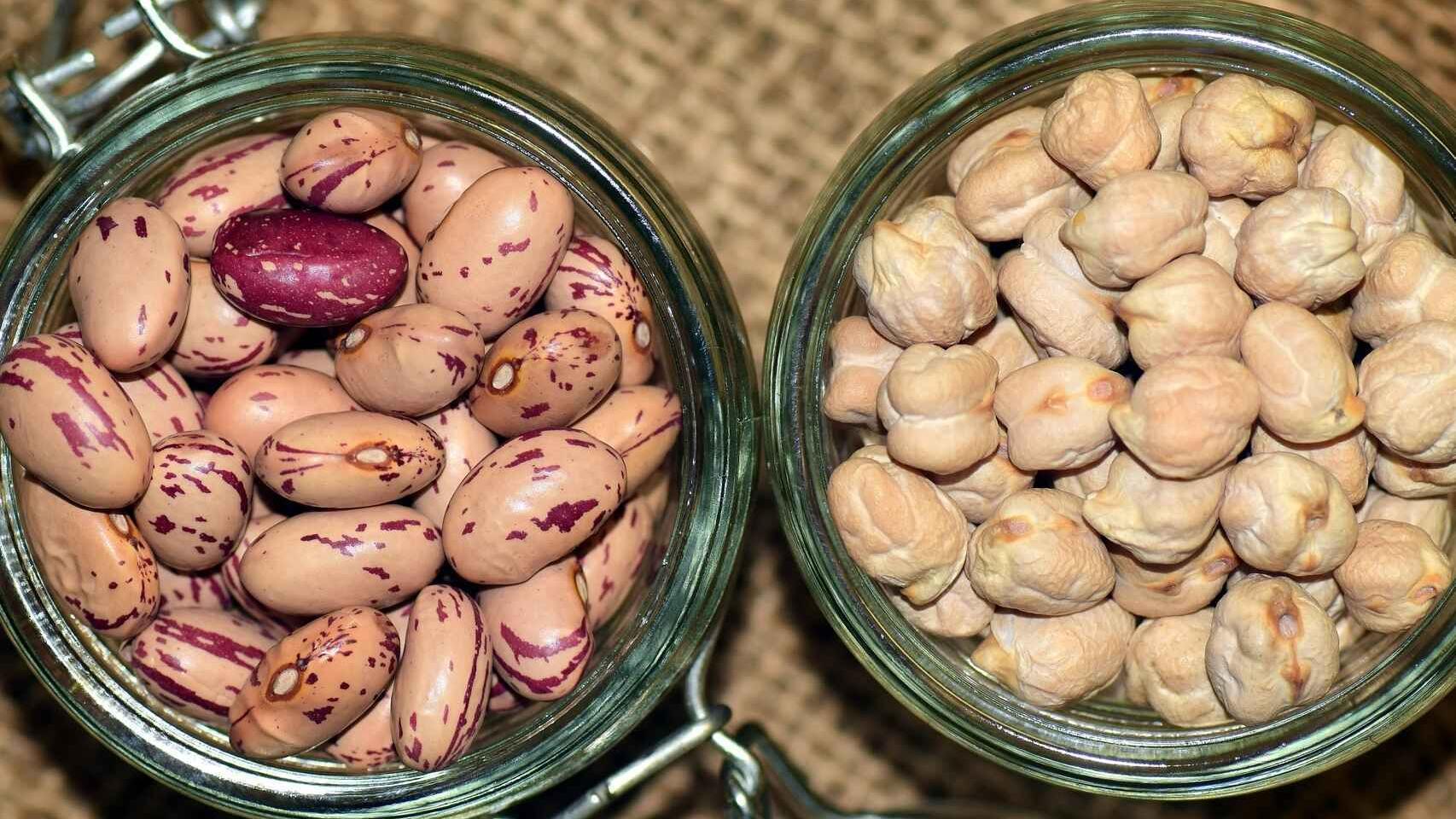Related news
Healthy food is not always expensive and a good example of this is legumes. In the supermarkets of Spain it is possible to find a kilogram of beans, lentils or chickpeas for a price between 2 and 4 euros. These vegetables are a great source of protein and, therefore, if we consume them more often and reduce our consumption of meat, the cost of our shopping basket will also decrease.
Although legumes have historically been associated with the diet of the most humble population, its consumption is much more beneficial than that of red meat —Associated with the wealthiest consumers. Harvard UniversityIn fact, it explains that diets rich in legumes are associated “with a lower risk of developing obesity, diabetes, high blood pressure and cholesterol, cardiovascular diseases and heart attacks.”
Not all sources of animal protein are harmful to health: fish and, especially, blue ones have a large number of benefits. Although in the past they were considered unhealthy for having a good proportion of fat, we now know that These lipids have benefits for our cardiovascular system. In any case, blue fish is expensive and we can also substitute some portion for legumes. What’s more, as the page explains Global Consumer, legumes are one of the ideal foods to face the fall, according to nutritionists.
Proteins in legumes
While health institutions recommend that we consume four servings of fish a week and that, at least, two are blue fish, legumes can be eaten every day. However, according to Food Consumption Report According to the Ministry of Agriculture, Fisheries and Food, we Spaniards eat only three kilograms of legumes a year, an insufficient figure.
Chickpeas are one of the most popular legumes in Spain and, although they are very important in our traditional dishes, we don’t consume them as often as we should. It is a very energetic food –according to the Spanish Nutrition Foundation (FEN), provide 373 kilocalories per 100 grams – but loaded with important nutrients for health, such as protein or fiber.
Regarding proteins, chickpeas contain 19.4% of them, a higher proportion than other animal sources of meat such as the egg, the pork and, also, the salmon. In any case, vegetable proteins are not complete in essential amino acids – in the case of chickpeas, methionine is lacking – and, therefore, they must be supplemented with other foods such as cereals.
Many minerals
Now, chickpeas not only stand out for being a great source of vegetable protein, they contain a good proportion of micronutrients. In addition to their healthy fats, oily fish are known for their important contribution of phosphorus, but this mineral is not exclusive to them. Chickpeas are richer in this mineral than salmon, anchovies or mackerel, but less than sardines or tuna.
In addition, these legumes so typical in Spanish homes are also considered sources of well-known minerals such as calcium and potassium. In fact, many may be surprised that chickpeas have lots of football like a yogurt and more than twice the potassium of a banana. Specifically, 100 grams of chickpeas contain about 800 milligrams of potassium compared to the 350 milligrams that a banana contains in the same amount.
Both legumes and oily fish are two healthy food groups that benefit cardiovascular health and, therefore, recommended. Anyway, we must moderate the consumption of the largest species of blue fish because they can accumulate a greater amount of mercury. Increasing the consumption of legumes to replace animal proteins – especially red and processed meats – reduces the risk of disease and is also cheaper.
Follow the topics that interest you
Reference-www.elespanol.com
